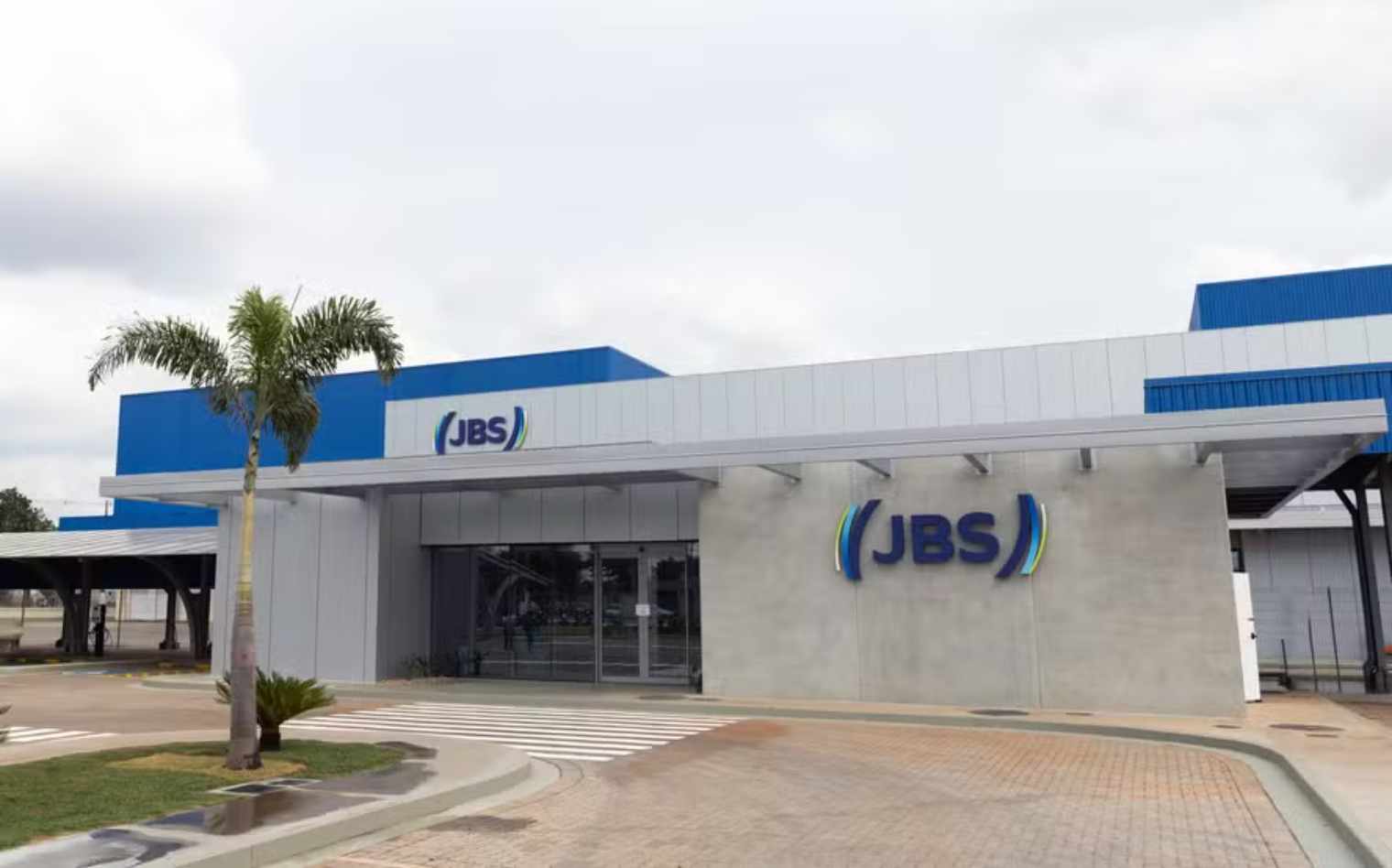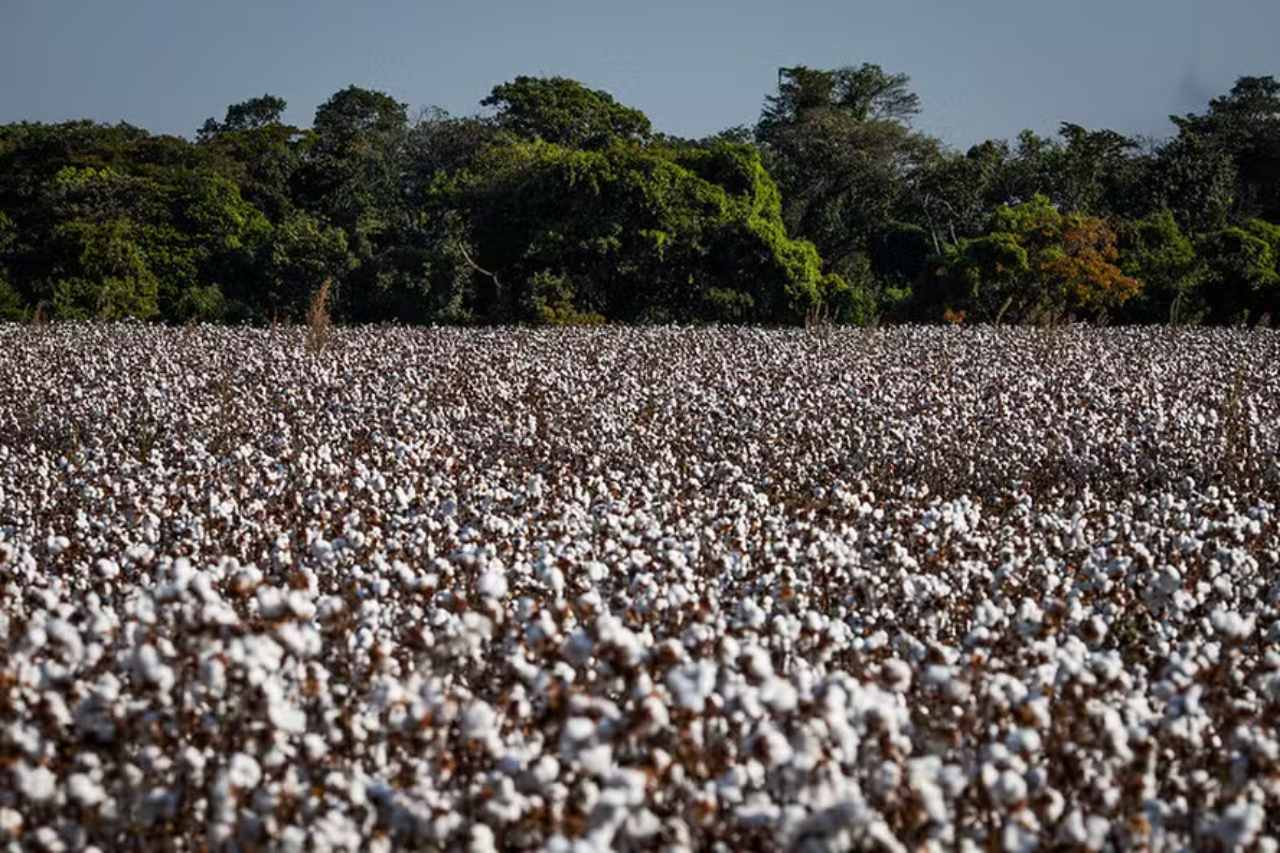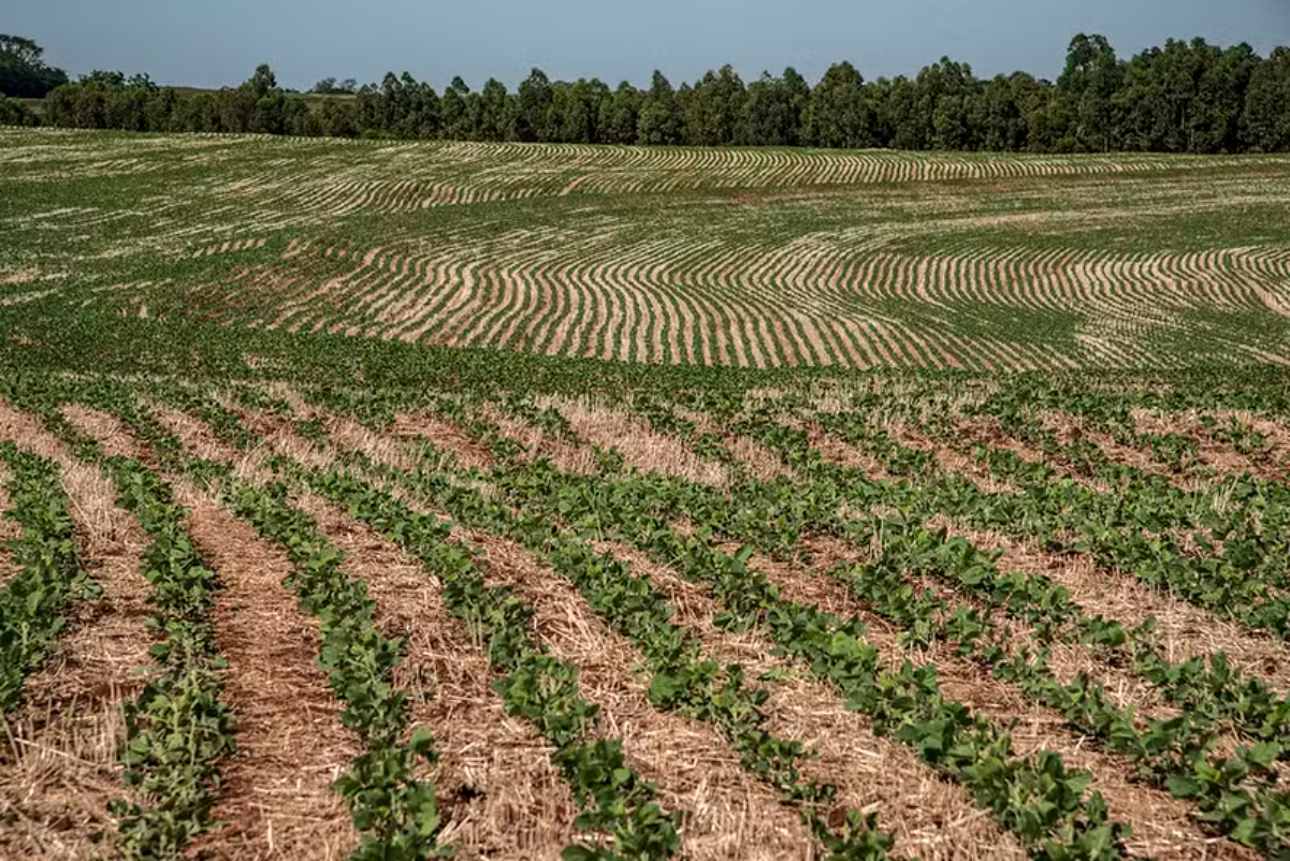Company Expects Continued Growth with Low Debt Levels
JBS is optimistic about maintaining strong demand for meat in the coming months and sees the U.S. beef industry beginning a cycle turnaround. The company will continue to focus on its diversified strategy, leveraging value-added products to sustain its growth trajectory. This was the key takeaway from the company’s third-quarter earnings call held on Thursday, November 14, where executives discussed the results with market analysts.
For the period from July to September, JBS reported a net income of R$ 3.84 billion, a staggering 571% increase compared to the same period last year. The strong results led the company to revise its projections for the remainder of the year.
In the earnings report released on Wednesday, November 13, Global CEO Gilberto Tomazoni attributed the positive results to sustained global demand for meat, lower grain costs, and improvements in product mix management. During the call, he emphasized that the company is reaping the benefits of operational improvements, while its commercial initiatives are starting what he called a “promising journey.”
“The robustness of this quarter is not an outlier. When we look at the past six years, we have delivered an average return of 20% annually in dollars for our shareholders. We remain focused on growth with value-added products and strong brands,” said Tomazoni.
One of the standout performers in Q3 was Seara, which posted revenues of R$ 12.17 billion, a 19.2% increase compared to the same period last year. Tomazoni explained that Seara’s products are gaining consumer preference, with high repurchase rates in retail. He also highlighted that prices increased by an average of 8%, yet volumes did not drop.
“The enhancement in price management, combined with point-of-sale management, is what makes the marketing strategy more visible and will lead to extraordinary results. This management will be executed with much more discipline,” he said.
Poultry and Grain Management
The global demand for chicken remains strong, which benefits JBS’s operations in both Brazil and the U.S., where the company operates through Pilgrim’s Pride. As consumers shift from higher-priced beef to pork and chicken, JBS expects cost pressures to ease with lower grain prices.
The company did not elaborate on its corn procurement strategy, which includes physical market negotiations and price risk management. However, Tomazoni noted that the third-quarter market conditions were favorable, allowing Seara to work with extended corn inventories.
“The discipline between supply and demand is balanced. Today, grain prices are well balanced given weather conditions and stock levels. We shouldn’t expect any major surprises in terms of costs. Of course, the dollar impacts Brazil, but we don’t foresee significant fluctuations,” he said.
Beef Market
In the beef sector, JBS executives acknowledge that the market remains “challenging,” despite a positive performance in Brazil. For the Brazilian market, the company reported a net revenue of R$ 18.1 billion, up 25% compared to the same period in 2023, with growth in both domestic and export markets.
Tomazoni highlighted that investments in value-added products and the Friboi brand have paid off, aligning with strong demand for beef. With increasing supply and greater consumer access, there has been a preference for the company’s brand.
International demand for beef remains robust, enabling JBS to target better prices. Domestically, the expectation is that the upcoming holiday season and the payment of the 13th salary will stimulate consumer spending. As for costs, JBS anticipates some upward pressure on cattle prices, but not significantly.
“There’s room for a slight correction in beef prices. It’s supply and demand that will regulate this. Our business thrives when there is supply. If the price is low, producers won’t invest,” Tomazoni remarked.
U.S. Beef Market Turnaround
In the U.S., JBS is betting on a shift in the beef cycle, which is expected to fully materialize in the second half of 2025. Wesley Batista Filho, president of JBS USA, pointed out that U.S. ranchers are already starting to reduce the number of females sent to slaughter. Initially, this is focused on cull cows, but it is expected to extend to heifers.
“It’s a tough situation in the short term, but a long-term improvement that should impact the second half of 2025. We see demand for all three proteins. Even with higher heifer retention, we can balance margin equations,” Batista Filho explained.
He further noted that in a scenario of higher cattle prices and cheaper grains, ranchers will likely strive to raise prices for finished cattle. If cattle supply decreases due to retention, and demand remains steady, a price increase is expected, though the impact on JBS’s U.S. margins is uncertain.
“When we look at Beef USA, we’re operating in a tighter market, but in line with our history. If we can improve margins by 1.5%, we can offset supply tightness with performance,” he added.
Financial Outlook and Expansion Strategy
JBS’s CFO, Guilherme Cavalcanti, informed market analysts that the company’s results and current capital structure allow for dividend payouts to shareholders while maintaining an expansion strategy—whether organic or through acquisitions—without increasing debt levels. He noted that budgets for next year are still under discussion.
“We will certainly return to organic growth because our cash structure allows us to do so while maintaining low leverage,” Cavalcanti said.
In Q3, JBS’s net debt totaled R$ 74.75 billion, 7% lower than in the same period in 2023. In dollar terms, the decline was 14.5%, to US$ 13.72 billion. The ratio of net debt to EBITDA in U.S. dollars was 2.15x, compared to 2.77x a year ago.
The company also highlighted its investment in salmon production in Australia, with the acquisition of Huon Aquaculture. Additionally, the construction of a Seara unit in Jeddah, Saudi Arabia, is nearing completion, which will significantly increase the company’s capacity to produce value-added products in the region.
“Having a multi-protein, multi-geographical platform is an advantage. But we must operate it well,” Tomazoni concluded at the end of the call.





